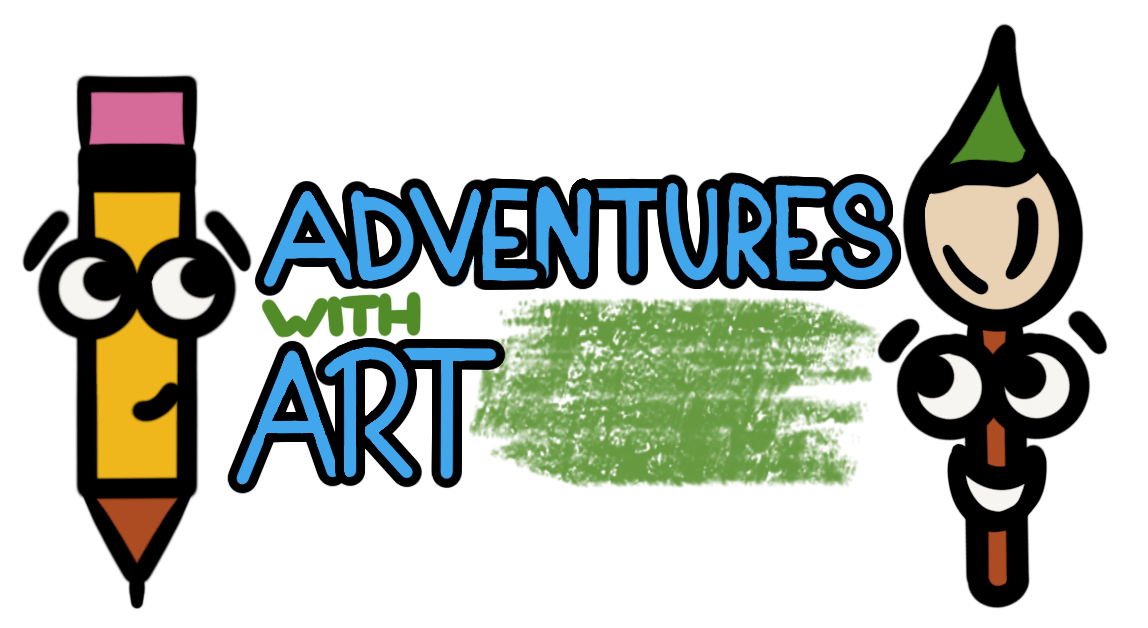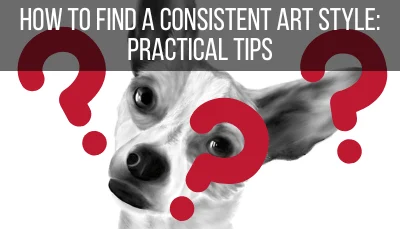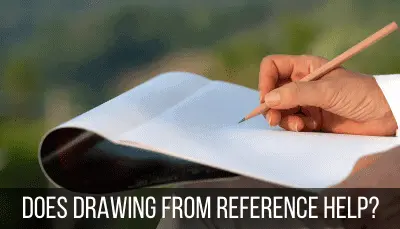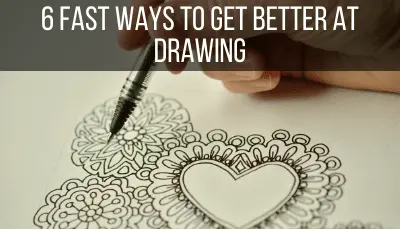There are some art forms that are a labor of love. Or, to put it more bluntly, there are some art forms that seem to take forever to do. Drawing is one of them. Especially with realistic drawing, artists find themselves making a big time commitment. So, why does drawing take so long?
Drawing takes a long time because it is a detail-oriented art form that requires a lot of precise line and shading work. Also, drawing pencils don’t cover a lot of surface area with one line, which means it can take an artist a long time to cover an entire piece of paper with their drawing.
If your drawing process is taking a long time, that’s normal. We’re going to dive into some reasons why drawing takes so long, and what you can do to speed up the process.
Your Drawing May Not Take as Long as You Think
Given the detailed-nature of drawing, it can feel like it takes longer than it actually does. This is especially true if you work on your drawing over a longer period of time instead of finishing it in one sitting. This can give you a false sense of how long your drawing process takes.
Drawing isn’t one of the quicker art forms. Drawing DOES take a long time, but does it really take as long as you think it does?
Take a look at one of my drawings, for example. This lion took me 20 hours to draw on Procreate. That’s a big chunk of time!
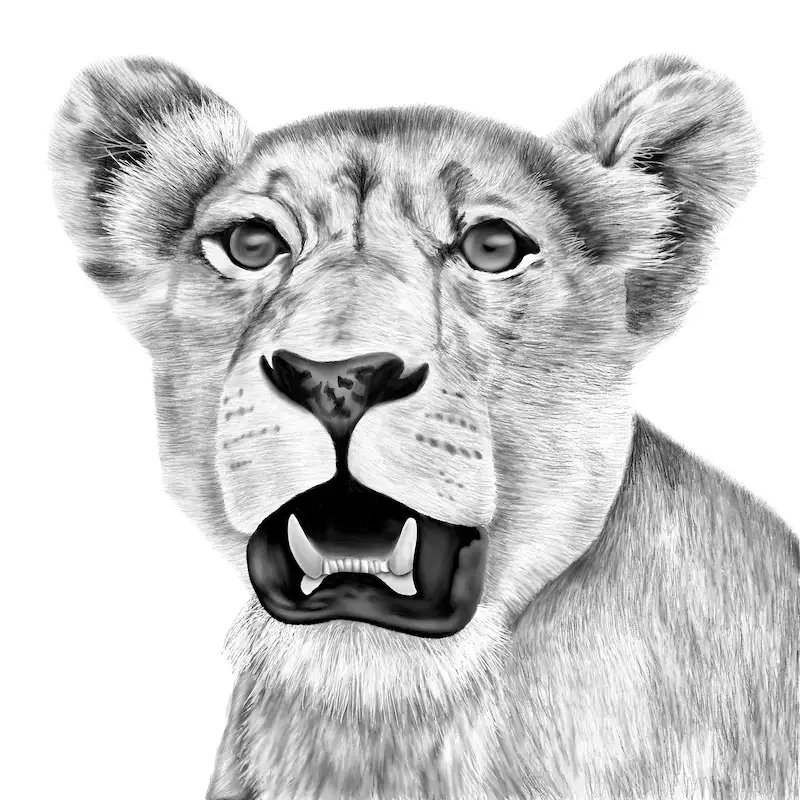
I know of artists that spend upwards of 60 hours on their work depending on how detailed it is and how big their paper is.
Procrete is neat because it tracks the amount of time you spend drawing. Honestly though, 20 hours was much lower than I expected. I was thinking I was closer to the 40 hour mark, which raises an important point.
The painstaking nature of drawing can make it feel like it’s taking longer than it is. Because of this, it can be an interesting experiment to track the amount of time it takes you to complete a drawing.
If you’re drawing with traditional materials, simply keep a log of how much time you work on your drawing from start to finish.
If you’re drawing with Procreate, use the Canvas Information menu to see your active drawing time.
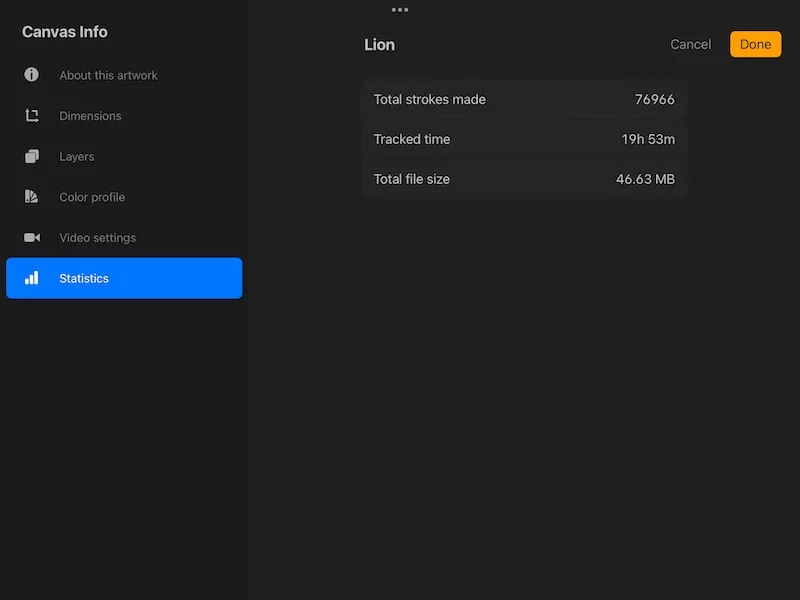
At the end of this experiment, you may realize that you aren’t spending as much time as you thought on your drawing process and decide you’re happy to continue things as they are. Hopefully you’ll be easier on yourself the next time you feel like your drawing is taking too long.
On the other hand, you may realize you’re spending more time than you like on your drawing process.
Getting a sense of exactly how long it takes you to draw can give you a good reference point as you plan the time you need for your future drawings. It can also give you a benchmark to look back on if you are trying to speed up your drawing process overtime.
Drawing Pencils Don’t Cover a Lot of Surface Area
If you’re drawing with pencils, they don’t cover a lot of surface area with each line. This means you’ll need to make a lot more lines to complete a drawing than you would with other art mediums that cover more surface area with each stroke.
Pencils are designed for precision work. This is why we use them for writing. Precision and legibility go hand in hand! If we wrote all of our messages in spray paint, we’d have a problem.
The precision of pencils is due to the fact that the lead is small and doesn’t spread. Unless we smudge our drawings, pencil lead is pretty good at staying put. This is a great quality of drawing pencils and allows us to achieve many of the effects we’re looking for with our drawings.
The downside is that these precise drawing pencils aren’t great at covering a lot of surface area. It takes a lot more pencil lines to cover a piece of paper than spray paint would.
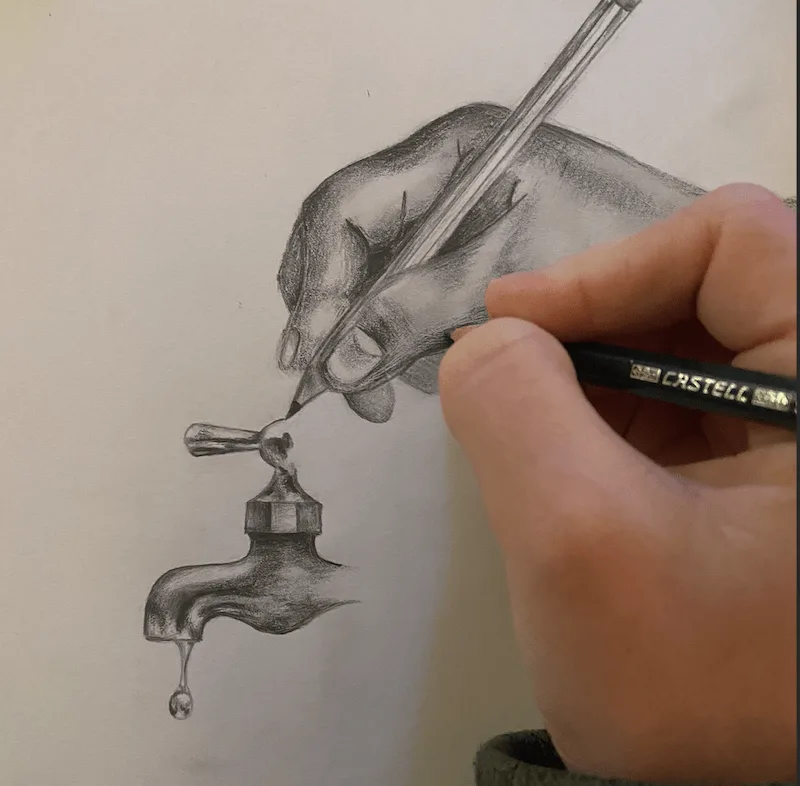
Drawing Requires Accuracy and Precision
Depending on the type of drawing you’re doing, there can be a lot of accuracy and precision required. Especially with realistic drawings, a lot of skills need to be utilized, such as anatomy, perspective, shading, and so much more. Developing these skills can lengthen the drawing process.
To be clear, every form of art requires its own accuracy, precision, and skill mastery. As we’ll talk about later on, there’s a natural learning curve with art. Drawing is no different.
This learning curve can increase the time it takes to complete your drawing. You may need to try over and over and over again to get the shape of your object just right, or to have that shadow fall in just the right way.
This learning curve can also make it FEEL like your drawing is taking longer. It can be frustrating to struggle with your drawing and feel like it isn’t moving forward how you want it to.
That’s why, my first tip for speeding up your drawing process is to spend some time learning the foundational skills that are slowing you down.
Learn the Foundational Skills
Practicing foundational drawing skills can help to speed up your drawing process overtime because executing your drawing will become more and more natural with intentional learning and practice.
Practice doesn’t make perfect, but it sure helps.
It may not be fun to revert back to shading spheres and drawing cubes in perspective, but going back to these basics can be helpful in re-cementing those foundational drawing principles that can be applied to your future work.
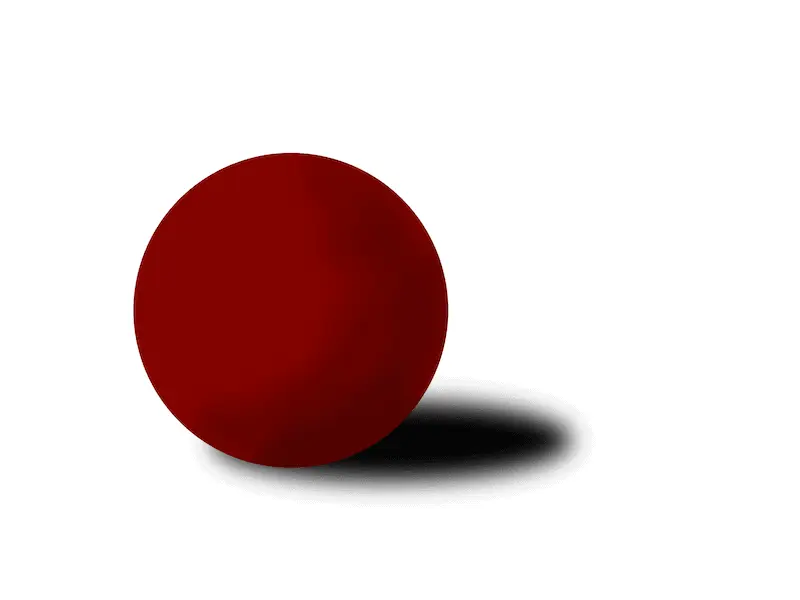
Spending some time working on these foundational skills can reduce the struggle that comes with using these skills down the road in your future drawings.
Make Smaller Drawings
Drawing pencils don’t cover a lot of surface area with each line. This means that it can take a long time to fill a large piece of paper with a drawing. Creating smaller drawings can be helpful for speeding up your drawing process by giving you less surface area to cover.
If you’re frustrated that your drawing is taking a long time, consider the size of the paper you’re using. It can take a long time to fill a large paper with small pencil lines!
I know this sounds obvious, but it’s easy to forget. We all get starry eyed over the idea of large drawings and often take on a bigger project than we intended.
This is partly why I love drawing on my iPad. I can create drawings of different print sizes while my iPad screen stays exactly the same size. Even so, when I’m drawing fur or other small details, even my iPad screen can feel like a large area to fill.
Be mindful that the size of your drawing will impact how long it will take.
Use Larger Art Supplies
If you’re drawing with pencils, you won’t cover a large surface area. You don’t have to draw with pencils though. Try drawing with pens, ink brushes, pastels, and even crayons that cover a larger surface area.
Ok, so we just talked about making your paper smaller, but you can also make your drawing supplies larger.
As we’ve talked about, it can take a long time to fill a piece of paper with small pencil lines. But, pencils aren’t the only mediums we can draw with. Experiment drawing with something that covers more surface area.
Crayons, pastels, markers, they can all be used for drawing. You may find that you like exploring new mediums and even find that it takes less time to complete your drawing.
Drawing DOES take a long time. That’s part of the beauty of it. There are a few ways to speed up the process though. Hopefully these tips have given you a guide for taking control of how long your own drawings take to complete.
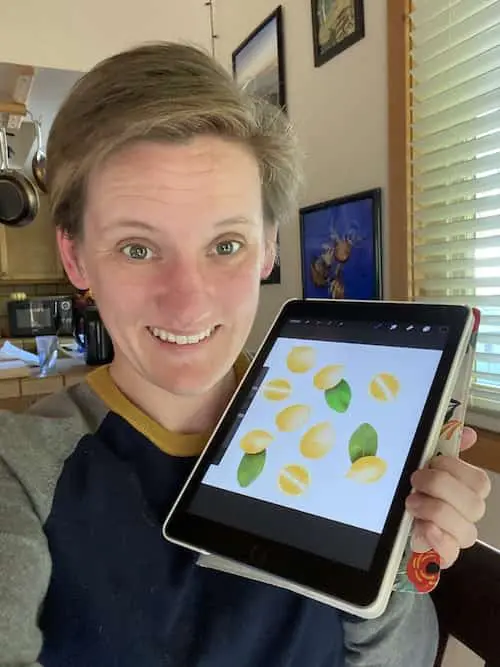
Diana has been an artist for over 27 years and has training in drawing, painting, digital drawing and graphic design. Diana’s latest obsession is digitally drawing with Procreate and Procreate Dreams. Diana has experience selling her art across a number of platforms and loves helping other artists learn how to make money from their art as well.
